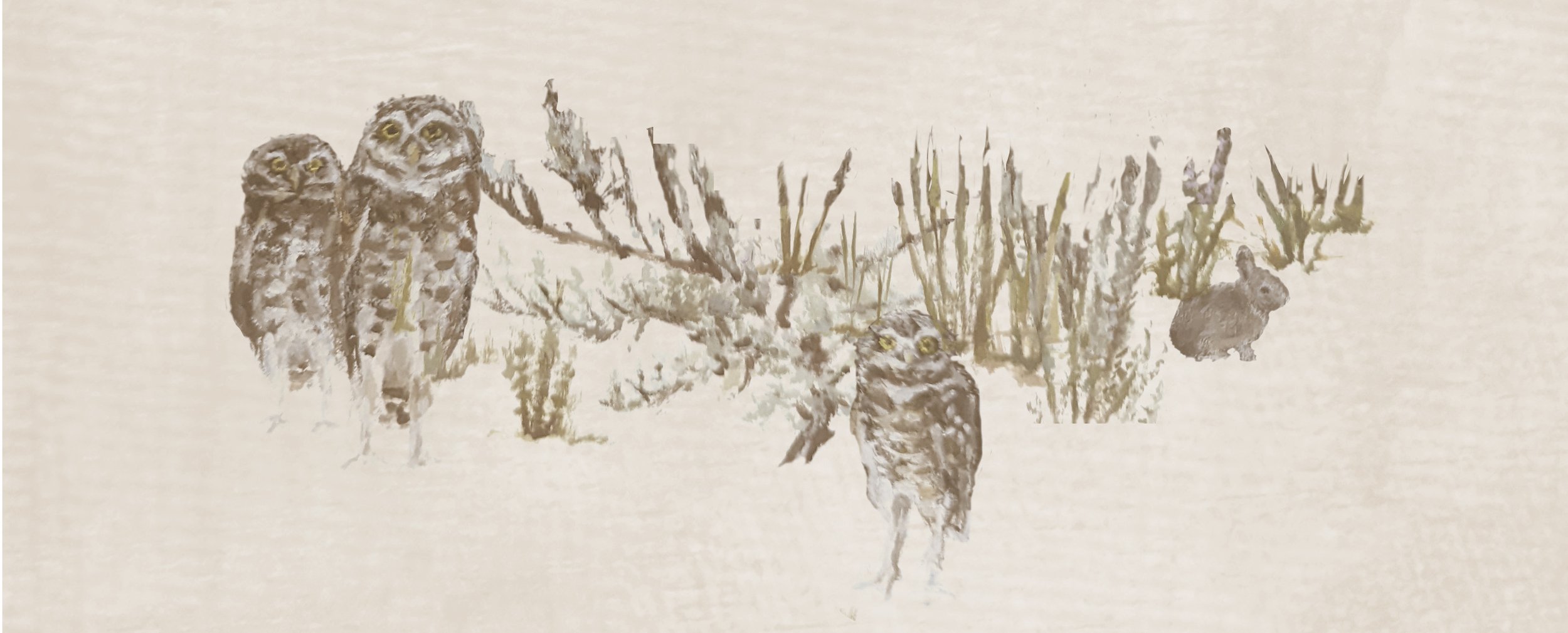
IRSCL News
Open Position: Culturally and Linguistically Diverse Children's Literature
The Department of Language and Literacy Education at the University of Georgia invites applications for the position of Assistant Professor with expertise in culturally and linguistically diverse children’s literature and additional strengths in reading and writing pedagogies and/or assessment for P-8 students.
Open Positions at the University of Memphis (US)
The Department of English at the University of Memphis is hiring in Contemporary African American Literature and Culture and the position description also mentions secondary specializations in children's and young adult literatures and cultures:
CFP: Young Adult + Series + Romance (proposal deadline December 1)
023 marks the fortieth anniversary of the initial publication of Sweet Valley High. While Elizabeth and Jessica Wakefield may rank amongst the best-known teen romance heroines, the texts themselves exist within a much larger pantheon of series books intended for or read by teens, and featuring romance narratives. T
